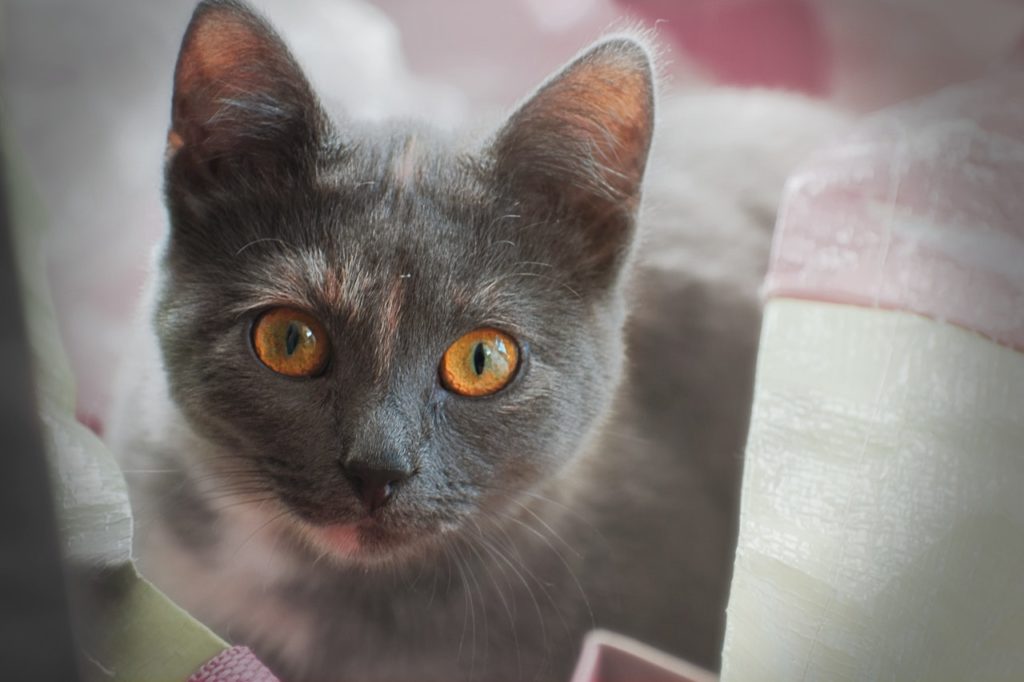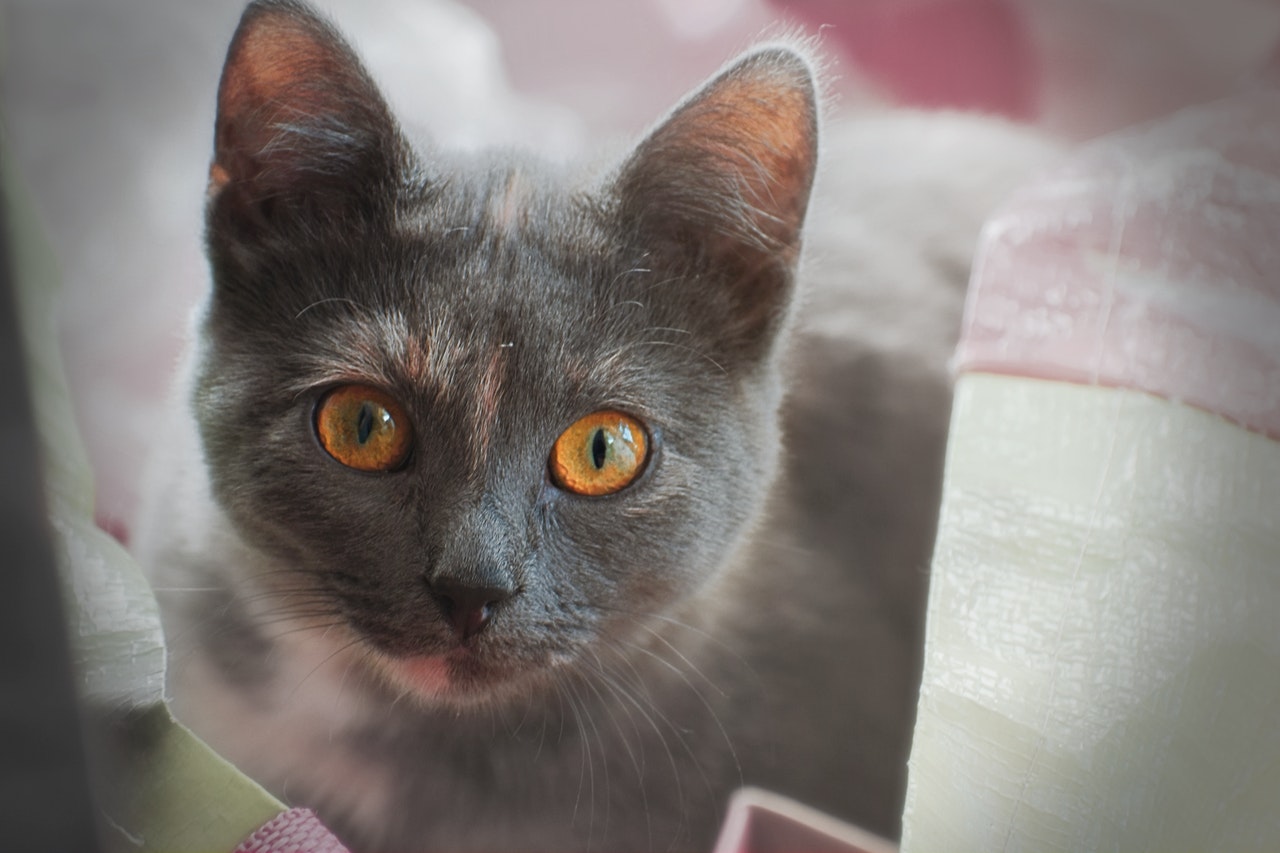
I learned this today. Cats appear never to blink, but they actually blink with a third eyelid, a nictitating membrane, which is difficult for us to see.
Most animals that have eyes blink. Insects with compound eyes can’t blink, and fish, snakes, ghekos, slinks, and some lizards don’t need to blink. Apart from these, blinking is very common. The purpose of blinking is to lubricate and oxygenate the eye, and to remove irritants from the surface of the eye.
You can obviously make yourself blink, but usually it is a completely autonomous action. A human blink takes about 100 milliseconds, and we blink on average 15 to 20 times a minute. There are two different kinds of blinking. The first kind is spontaneous. This happens without any conscious effort, in the same way that you don’t have to concentrate to breathe. The second type is a reflex blink. This is when you blink in response to an external stimulus.
When you blink, a thin layer of tears spread across you eye. This layer of tears supplies oxygen to the eye, and lubricates it, while washing away any dust or debris.
Cats have to blink for the exact same reasons that humans do. Their eyes dry out and they get things in their eyes. So, why does it seem as though my cat never blinks?
Cats have three eyelids. They have the top and bottom ones, the same as us, but they also have a third eyelid. This third eyelid is called a nictitating membrane. This is a translucent membrane that a lot of animals have in their eyes. It can be drawn across the eye and the animal can still see through it.
The nictitating membrane comes out from the corner of the eye, where the tear duct is, and moves diagonally across the eye. This means cants can blink without taking their eyes of whatever prey they are stalking. It also means that if you are convinced your cat is staring at you without blinking, it probably is blinking, you just can’t see it.
This third eyelid can also be used to protect the cat’s eye when they are moving through long grass or when they are in a fight with another cat.
Cats are not the only animals that have this membrane. Fish, amphibians, reptiles, birds, and many mammals have one. It is very rare to find one in primates, though. Humans most likely used to have a nictitating membrane, but we slowly lost it. The folds of skin at the corner of your eye are probably what is left of the membrane. Why we lost it is a mystery. Changes in the way we hunt may have made it unnecessary.
You may never be able to catch your cat using its third eyelid, but you will see you cat blinking sometimes with its other two eyelids. Cats obviously close their eyes to avoid danger, but they also use blinking as a way to communicate. When cats are happy and content, they narrow their eyes, followed by slow blinking. This is most probably the cat’s version of a smile. If you slow blink at a cat, it is very likely to slow blink back at you. And if you slow blink at a cat you have just met, it is more likely to approach you and be friendly.
So, cats appear not to blink, but they actually blink with a third eyelid. This is a translucent membrane that comes diagonally across the eye and allows the cat to keep looking while it is blinking. Cats do actually blink in the way that we do, but they use it for communication. And that is what I learned today.
Sources
https://www.sciencealert.com/you-can-build-a-rapport-with-your-cat-by-blinking-real-slow
https://www.litter-robot.com/blog/2018/10/18/why-do-cats-have-a-third-eyelid/
https://www.eyeandlasik.com/happens-blink-eye/
https://www.somatechnology.com/blog/thursday-thoughts/fast-average-blink/
https://www.petmd.com/cat/behavior/do-cats-blink
https://betterwithcats.net/how-often-do-cats-blink/
https://en.wikipedia.org/wiki/Nictitating_membrane
https://en.wikipedia.org/wiki/Blinking

